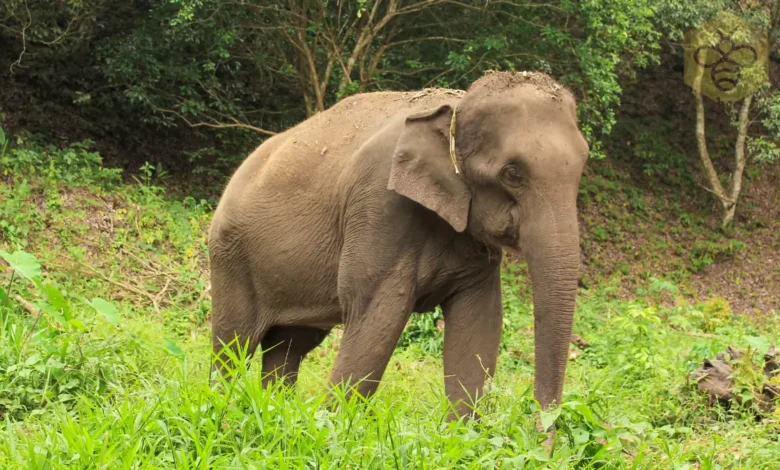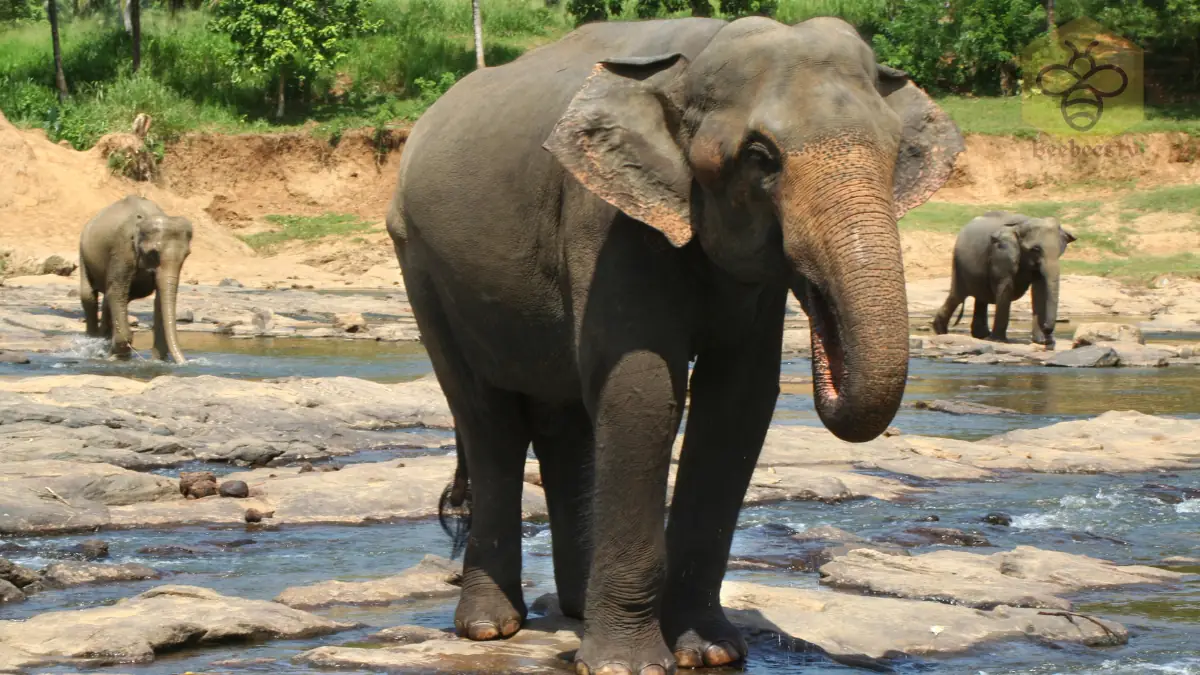Asian Elephant: The Gentle Giant of the East

Asian Elephant
Introduction
The Asian Elephant is a majestic species recognized for its intelligence, strength, and complex social behaviors. As the largest land animal in Asia, it holds great cultural and ecological significance, especially in countries like India, Thailand, and Sri Lanka.
Scientific Overview
Scientific Name
The Asian Elephant is scientifically known as Elephas maximus.
Common Name
It is commonly referred to as the Asian Elephant, with regional names in different countries.
Scientific Classification
| Kingdom | Animalia |
| Phylum | Chordata |
| Class | Mammalia |
| Order | Proboscidea |
| Family | Elephantidae |
| Genus | Elephas |
| Species | Elephas maximus |
Types
There are three subspecies of the Asian Elephant:
- Indian Elephant (Elephas maximus indicus)
- Sri Lankan Elephant (Elephas maximus maximus)
- Sumatran Elephant (Elephas maximus sumatranus)
Each subspecies has slight variations in size, color, and geographic distribution.
Habitat and Distribution
Asian Elephants are distributed across 13 countries in Asia, including India, Nepal, Thailand, Malaysia, and Sri Lanka. They inhabit a range of environments, from grasslands and forests to scrublands, but they are most commonly found in tropical and subtropical forests where they have access to ample vegetation and water sources.
Physical Characteristics
Size and Weight
Asian Elephants are smaller than their African counterparts, with males reaching up to 9 feet (2.7 meters) at the shoulder and weighing between 4,000 to 11,000 pounds (1,800 to 5,000 kg). Females are generally smaller, both in height and weight.
Appearance
These Elephants have distinct physical features, such as a rounded back, smaller ears, and a more arched spine than African Elephants. Their ears help regulate body temperature in hot climates, while their long, prehensile trunk allows them to grasp food and water. Unlike African Elephants, only male Asian Elephants typically grow prominent tusks; females may have small tusks, known as “tushes.”
Diet and Feeding Habits
Asian Elephants are herbivores with a diet that consists mainly of grass, leaves, fruits, and bark. They can consume up to 300 pounds of food daily and drink about 50 gallons of water. To support this high intake, they spend around 18 hours a day feeding, foraging, and moving through their habitat to find fresh vegetation.
Predators and Threats
Asian Elephants have few natural predators due to their size, but young calves can be vulnerable to large predators like tigers. The primary threats to their survival, however, are human-induced:
- Habitat Loss: Deforestation and human expansion reduce their natural habitat.
- Poaching: Although less frequent than for African Elephants, poaching for ivory remains a concern, particularly for male elephants.
- Human-Elephant Conflict: As human settlements expand, elephants often come into contact with farmers, leading to conflicts over crops and resources.
Reproduction, Calves, and Lifespan
Asian Elephants have a long gestation period of about 18-22 months, one of the longest among mammals. Females usually give birth to a single calf, although twins are rare. The calf is dependent on its mother for up to three years, nursing and learning essential skills. Elephants can live up to 60-70 years in the wild, with females typically remaining in close-knit family groups for life.

Population and Conservation Status
These Elephants are classified as Endangered by the International Union for Conservation of Nature (IUCN), with populations estimated to be around 40,000-50,000 individuals in the wild. Habitat fragmentation, poaching, and human-elephant conflicts continue to pose significant threats. Conservation organizations, along with local governments, are implementing various strategies, including anti-poaching efforts, habitat protection, and community education programs, to support Asian Elephant populations.
Behavior and Social Structure
Complex Social Bonds
Asian Elephants are highly social and intelligent animals, forming matriarchal family groups led by an older female. These herds are typically made up of related females and their young, while males leave the herd upon reaching maturity to lead solitary lives or join bachelor groups. Elephants communicate using a combination of vocalizations, body language, and low-frequency sounds known as infrasound, which can travel over long distances.
Intelligent and Empathetic
Asian Elephants exhibit a range of emotions, including empathy, playfulness, and grief. They are known to mourn deceased family members and have been observed engaging in behaviors that suggest self-awareness and problem-solving abilities. This intelligence has led them to play significant roles in various Asian cultures, where they are revered and symbolically important.
Ecological Role
These Elephants play a crucial role in their ecosystems as “ecosystem engineers.” By feeding on trees and vegetation, they help maintain the structure of forests and grasslands, allowing sunlight to reach the ground and promoting new plant growth. Their movements create pathways for other animals, and their dung disperses seeds, aiding in forest regeneration and biodiversity.
FAQs About Asian Elephants
- Why are Asian Elephants smaller than African Elephants?
Asian Elephants evolved in a different environment with distinct ecological pressures, resulting in smaller size and more compact bodies suited for navigating forested landscapes. - How do Asian Elephants communicate?
They communicate using vocalizations, body language, and infrasound. Infrasound is particularly useful because it allows them to send messages over several miles. - Are Asian Elephants endangered?
They are listed as Endangered due to habitat loss, poaching, and conflicts with humans. Conservation efforts are ongoing to protect them. - What is the main difference between male and female Asian Elephants?
One of the main differences is that only male Asian Elephants typically grow long, prominent tusks. Females may have small “tushes,” or no tusks at all. - How long do Asian Elephants live?
In the wild, They can live up to 60-70 years, with many spending their lives within the same family groups or regions.
Conclusion
The Asian Elephant is a remarkable animal, celebrated for its intelligence, social bonds, and crucial role in maintaining ecological balance. However, these gentle giants face significant threats in the wild. With concerted conservation efforts, community involvement, and increased awareness, we can help ensure the survival of Asian Elephants for future generations. Protecting these majestic creatures is not only essential for biodiversity but also for preserving the rich cultural heritage they embody in many parts of Asia.


